
Introduction to Google Crawler Budget
Welcome to this comprehensive guide tailored for young professionals diving into the dynamic world of digital marketing and SEO. Today, we’ll delve deep into the concept of the Google crawler budget, an essential yet often overlooked aspect of website optimization that can significantly influence your site’s visibility and ranking on Google.
For those in Singapore embarking on their digital journey, understanding how to efficiently manage and optimize this budget is crucial to ensuring that your website pages are discovered, indexed, and ranked effectively without wasting precious crawl resources. With the increasing competition and the rapid evolution of Google’s algorithms, mastering crawler budget optimization can set your digital presence apart.
What is the Google Crawler Budget?
In simple terms, the Google crawler budget refers to the number of URLs Googlebot crawls and indexes on your website within a given timeframe. It’s a resource allocation that Google uses to manage its crawling activity across millions of websites worldwide efficiently.
This budget is influenced by multiple factors, including:
- Crawl rate limit: The maximum number of simultaneous connections Googlebot can use to crawl your site without overwhelming the server.
- Crawl demand: How much Google wants to crawl your pages based on their popularity and importance.
Think of the crawler budget as your website’s monthly data plan – if Google consumes it efficiently, your site’s critical pages get crawled regularly, helping them stay fresh in search results. Conversely, inefficient use of this budget might leave important pages undiscovered or updated less frequently.
Why Does Google Limit Crawling?
Googlebot is constantly discovering and updating pages, but web servers have limited capacity. If Google crawls too aggressively, it can strain the server, causing slowdowns or downtime, negatively impacting user experience.
To avoid such issues, Google sets crawl rate limits tailored to each site’s server performance and historical crawl data. Sites with robust hosting and fast response times may enjoy higher crawl rates, while smaller sites with limited server capacity receive more conservative limits.
Factors Affecting Your Website’s Google Crawler Budget
Understanding what influences the crawler budget is vital for optimization. Here are the primary factors:
1. Website Size and Content Volume
Larger sites with tens or hundreds of thousands of URLs require more crawl budget. However, Google doesn’t necessarily crawl all URLs; it focuses on quality and relevance.
2. Site Health and Server Performance
Fast-loading, well-maintained sites allow Google to crawl more since they reduce server load and response latency. Conversely, slow or error-prone sites discourage frequent crawling.
3. URL Parameters and Duplicate Content
Pages with URL parameters, session IDs, or duplicate content can waste crawl budget. Google may crawl these redundant pages unnecessarily if not managed meticulously.
4. Popularity and Page Importance
Pages with higher PageRank or backlink profiles tend to have higher crawl demand, leading to more frequent visits by Googlebot.
5. Frequency of Content Updates
Sites that update content regularly signal to Google that they need frequent crawling to keep search results fresh.
How to Check Your Google Crawl Budget
Before optimizing, you need insights into your current crawl budget usage. Use the following tools and methods:
- Google Search Console: Navigate to Settings > Crawl Stats to see your crawl activity, including requests, download sizes, and response times.
- Server Logs Analysis: Analyze logs to identify how often Googlebot visits, which pages are crawled, and the crawl frequency over time.
- Crawl Budget Table Example:
| Parameter | Definition | What to Monitor |
|---|---|---|
| Crawl Rate Limit | Maximum simultaneous crawl connections | Google Search Console crawl stats |
| Crawl Demand | Interest Google has in crawling your pages | Traffic trends, backlink profile |
| Total URLs Crawled | Number of URLs crawled over a period | Server logs, GSC stats |
Strategies to Optimize Your Google Crawler Budget
Now, let’s discuss actionable strategies that young digital marketers, especially those in Singapore’s competitive market, can implement to stretch their crawl budget and improve SEO performance.
1. Improve Site Speed and Server Response Time
Fast websites encourage Google to crawl more pages within the crawl rate limit without risking server overload.
- Invest in reliable hosting solutions—Singapore-based businesses might consider local data centers to reduce latency and improve speed.
- Optimize images, enable caching, and use Content Delivery Networks (CDNs).
- Regularly monitor your site's server uptime and response times.
2. Clean Up and Manage URL Parameters
URL parameters often create duplicate content and unnecessary crawl paths (e.g., sorting or tracking parameters).
- Use
robots.txtrules to disallow crawling of irrelevant URL parameters. - Set parameter handling preferences in Google Search Console to inform Google which URL parameters affect content.
- Implement canonical tags to indicate the preferred version of similar pages.
3. Eliminate Duplicate Content
Duplicate pages waste crawl budget and dilute link equity.
- Audit your website regularly to identify and fix duplicates.
- Use 301 redirects for obsolete pages, or noindex meta tags for pages that should not be indexed.
- Ensure consistent internal linking to canonical URLs.
4. Optimize Your Sitemap
A well-structured XML sitemap helps Google prioritize crawling of important pages.
- Include only canonical, indexable pages in your sitemap.
- Keep the sitemap updated with new and revised content.
- Submit the sitemap via Google Search Console regularly.
5. Prioritize Important Pages
Use internal linking strategically to highlight your most valuable pages, signaling their importance to Googlebot.
- Implement a logical site architecture with clear navigation paths.
- Use breadcrumb menus and footer links for deeper internal linking.
- Limit the depth of critical pages to reduce crawl latency.
6. Minimize Low-Quality and Thin Content
Pages with thin or outdated content are less likely to be crawled frequently and can degrade site quality.
- Remove or consolidate thin content pages.
- Regularly update content to maintain relevance.
7. Manage Crawl Rate Using Google Search Console
For most sites, letting Google manage crawl rate automatically is optimal; however, for sites hosted on limited resources or experiencing server issues, you can temporarily reduce crawl rate:
- Access Google Search Console > Settings > Crawl rate settings.
- Adjust crawl rate cautiously; reducing it may delay indexing of updates.
8. Monitor and Control Error Pages
Frequent crawl of error pages wastes crawl budget.
- Fix 404 errors and broken links promptly.
- Redirect obsolete URLs to relevant pages.
- Use the URL Inspection tool in Google Search Console to check indexing status.
9. Use Robots.txt Wisely
Block crawling of irrelevant folders like admin, login, or staging environments.
- But avoid blocking CSS, JavaScript, or other resources needed by Googlebot to render pages fully.
Real-life Example: Optimizing Crawl Budget for a Singapore E-commerce Site
Consider an e-commerce retailer based in Singapore selling electronics, with more than 50,000 SKUs. Initially, the site showed slow indexation of new products and inconsistent ranking.
After audit, the following issues were identified:
- Duplicate content caused by multiple faceted navigation parameters in URLs.
- Slow server response due to shared hosting.
- Thin product description pages with minimal text.
- Outdated XML sitemap with non-canonical URLs.
Actions taken:
- Implemented URL parameter handling and blocked irrelevant parameters in
robots.txt. - Upgraded to a Singapore-based cloud hosting provider improving response time by 40%.
- Enhanced product descriptions and consolidated low-value SKUs.
- Rebuilt and submitted a clean sitemap, emphasizing primary categories and bestsellers.
Results: Within two months, Googlebot crawl rates increased by 70%, new products were indexed within 24 hours, and organic traffic grew substantially, resulting in increased revenue. The investment into hosting upgrade was about SGD 300/month, a cost justified by the improved SEO performance and sales conversion.
Monitoring and Measuring Optimization Impact
Optimization is an ongoing process. Regularly review:
- Google Search Console Crawl Stats and Index coverage reports.
- Server logs to detect crawl patterns and anomalies.
- Page performance metrics (loading time, server response).
- Keyword rankings and organic traffic trends.
Here’s a sample monitoring schedule:
| Timeframe | Monitoring Activity | Tools | Action Thresholds |
|---|---|---|---|
| Weekly | Check Crawl Stats and URL Indexing | Google Search Console | Significant drop or increase in crawl errors requires investigation |
| Monthly | Server Logs Analysis | Log Analyzer Tools (e.g., Screaming Frog Log File Analyser) | Unusual changes in crawl frequency or error rates |
| Quarterly | Content and Link Audit | SEO Audit Platforms (e.g., SEMrush, Ahrefs) | Identify and fix duplicate or thin content, broken links |
Common Mistakes to Avoid in Crawl Budget Optimization
- Blocking Important Pages: Overzealous robots.txt blocking can inadvertently prevent indexing of critical pages.
- Ignoring Crawl Errors: Not addressing 404s and server errors wastes crawl budget.
- Overcomplicating URL Structures: Complex URLs with multiple unnecessary parameters confuse crawlers.
- Neglecting Site Speed: Slow servers not only frustrate users but limit crawl rate.
- Not Updating Sitemaps: Leaving sitemaps outdated misguides crawlers.
Advanced Tips for Large Websites and Enterprises
For websites with hundreds of thousands or millions of pages, like major news portals or e-commerce giants, crawl budget management requires more sophisticated tactics:
- Segment Your Sitemap: Break large sitemaps into smaller thematic ones for better crawl prioritization.
- Leverage Log File Analysis: Use advanced tools to analyze crawler behavior and spot trends.
- Implement Lazy-loading and Pagination Correctly: Ensure that important content loads in a crawlable manner.
- HTTP Headers Optimization: Use HTTP status codes appropriately to guide Googlebot.
- Structured Data: Adding schema markup helps Google understand content better, potentially improving crawling efficiency.
Final Words for Digital Bootcamp Learners in Singapore
Optimizing your Google crawler budget is a foundational step in building a high-performance digital presence. For young professionals in Singapore’s vibrant tech and e-commerce ecosystem, mastering these techniques opens pathways to improved SEO, better user experience, and scalable business growth.
Investing time and resources into crawl budget optimization can lead to faster indexing, higher visibility in search results, and ultimately more conversions. Remember, it’s about quality over quantity – ensuring Googlebot spends its crawl resources on your valuable content.
Start by auditing, then implement the strategies shared, monitor closely, and adjust based on data-driven insights. Your efforts today will build a strong digital foundation to thrive in Singapore’s competitive online market and beyond.
Deep Dive: How Googlebot Works Behind the Scenes
To optimize the Google crawler budget expertly, it’s essential to understand Googlebot's crawling process in detail. Googlebot operates in three core phases: crawling, indexing, and serving.
Crawling: Googlebot starts by fetching URLs from its vast list of discovered links. It determines which URLs to crawl based on the crawl budget and perceived importance.
Indexing: After crawling, Googlebot processes the page content and decides if and how the page should be indexed.
Serving: The indexed pages are then served in response to user queries.
Every time Googlebot visits a site, it considers the current crawl budget, server health, site changes, and URL prioritization rules. By managing these components, website owners can influence the crawl efficiency.
Impact of Crawl Budget on SEO Performance
Crawl budget doesn't directly influence rankings, but indirectly affects SEO outcomes:
- Freshness: Efficient crawl budget usage means Google updates your pages more quickly with the latest content.
- Index Coverage: Ensuring important pages are crawled prevents them from being omitted or delayed in the index.
- Resource Allocation: Preventing crawl wastage on low-value pages allows Googlebot to allocate resources to high-quality content.
In Singapore’s fast-moving digital economy, fresh and indexed content helps businesses stay competitive, especially in sectors like finance, travel, or e-commerce.
Technical SEO Techniques to Boost Crawl Efficiency
1. Optimize Internal Linking Structure
A clear internal linking strategy guides Googlebot through your site, distributing crawl equity and signaling important pages.
- Avoid orphan pages – pages without inbound internal links.
- Use keyword-rich anchor texts relevant to the destination page.
- Keep link depth shallow – important pages should be reachable within three clicks from the homepage.
2. Use Pagination and Faceted Navigation Correctly
Many sites, especially e-commerce stores, have faceted navigations that create hundreds of URL variations. Incorrect handling can deplete crawl budget by creating unnecessary crawl paths.
- Implement rel="next" and rel="prev" tags for paginated content.
- Disallow crawling of specific faceted parameters via robots.txt or parameter handling in Search Console.
3. Manage Infinite Spaces
Crawl traps, or infinite spaces such as endless calendar pages or session IDs, can cause Googlebot to crawl an endless number of URLs.
- Identify and fix these traps through log analysis.
- Block or noindex such pages as necessary.
4. Reduce Redirect Chains
Excessive redirects consume crawl budget and slow down crawling.
- Audit for redirect chains (more than one redirect in a sequence) and loops.
- Fix by implementing direct redirects.
Mobile-First Indexing and Its Impact on Crawl Budget
Google primarily uses the mobile version of your website for indexing and ranking, a trend known as mobile-first indexing. Crawl budget considerations for the mobile version become paramount.
Ensure your mobile site has:
- Consistent content with the desktop version.
- Fast loading speed optimized for mobile devices.
- Accessible resources including JavaScript, CSS, and images.
For Singaporean businesses, where mobile internet usage is high, prioritizing mobile crawl efficiency aligns with user behavior and improves SEO outcomes.
Using Structured Data to Enhance Crawl Priority
Structured data, or schema markup, provides Google with explicit clues about your content, enhancing understanding and potentially influencing crawl priority and rich result eligibility.
- Add relevant schema types based on your content: products, articles, events, FAQ, etc.
- Maintain valid and up-to-date structured data.
- Use Google's Rich Results Test tool to validate implementations.
International SEO and Crawl Budget Considerations for Singapore Companies
Singapore’s multicultural market often requires websites to support multiple languages or target different regions. This introduces crawl budget complexity.
- Hreflang Tags: Proper implementation avoids duplicate content issues and guides Google to serve the correct language version.
- Separate URLs: For different languages (e.g., /en/, /zh/), ensure sitemaps include all versions to improve crawl discovery.
- Server Location and CDN: Using local servers or CDNs can improve crawl speed and user experience, especially for geographically targeted content.
Common Crawl Budget Myths Debunked
- Myth 1: More Pages Always Mean More Crawl Budget: Not true. Google allocates crawl budget based on site quality, importance, and server capacity, not just size.
- Myth 2: You Can Pay Google to Increase Crawl Budget: Crawl budget is free and algorithmically controlled; payment to Google affects ads, not crawling.
- Myth 3: Noindex Pages Waste Crawl Budget: Pages that return a noindex tag are still crawled but won’t be indexed. It's better to block crawl if pages are truly irrelevant.
Investing in SEO Tools to Monitor Crawl Budget
Several professional tools can assist in analyzing and optimizing crawl budget:
- Screaming Frog SEO Spider: Simulates Googlebot crawl and identifies technical issues.
- Google Search Console: Free and essential for crawl stats and indexing issues.
- Ahrefs / SEMrush: For backlink analysis and site health monitoring.
- Log File Analyzers: Specialized tools like OnCrawl or Botify provide deep insights into crawl behavior.
Costs vary: Entry-level plans may start from approximately SGD 50 per month, while enterprise options can reach several hundred SGD monthly. Singapore businesses can weigh these costs against SEO benefits.
Case Study: Crawl Budget Optimization for a Singapore Travel Blog
A popular travel blog based in Singapore observed low crawl rates and indexing delays impacting traffic. The audit revealed:
- High number of comment spam pages and pagination with poor rel="next"/"prev" tags.
- Robots.txt accidentally blocking CSS and JS files.
- Server response slow during peak traffic hours.
Correction steps included:
- Moderating and cleaning comment spam.
- Fixing robots.txt to allow important resources.
- Switching to scalable cloud hosting and implementing caching.
After three months, crawl rate increased by 65%, user engagement improved, and organic traffic rose by 30%, reinforcing the value of crawl budget management.
Emerging Trends Affecting Crawl Budget
Stay ahead by considering evolving SEO dynamics:
- JavaScript-Heavy Sites: Google can render JavaScript but it’s resource-intensive. Minimizing reliance on heavy JS frameworks improves crawl budget efficiency.
- Progressive Web Apps (PWAs): Ensure PWAs are crawlable by providing server-side rendered content or hybrid solutions.
- AI-Powered Crawling: Google continues to refine AI to better prioritize crawling; content quality signals will become more critical.
Summary of Key Optimization Steps
| Optimization Step | Purpose | Effect on Crawl Budget |
|---|---|---|
| Improve Server Speed | Reduce page load time | Allows more URLs to be crawled within limits |
| Manage URL Parameters | Reduce duplicate URLs | Prevents waste of crawl budget on similar content |
| Use Robots.txt Intelligently | Block irrelevant content | Focuses crawler attention on important pages |
| Fix Redirect Chains | Eliminate crawling delays | Speeds up crawl cycles |
| Update and Submit Sitemap | Guide crawler to key URLs | Improves crawl prioritization |
| Optimize Mobile Site | Align with mobile-first indexing | Ensures efficient crawling of mobile content |
Encouragement for Digital Bootcamp Participants
With this expanded understanding and actionable insights, young professionals in Singapore are better equipped to master Google crawler budget optimization. Embrace continuous learning, experiment with these strategies in your projects, and use data to guide decisions. The digital world rewards those who combine technical know-how with strategic thinking.
We are the best marketing agency in Singapore.
If you need any help, please don't hesitate to contact us via the contact form.






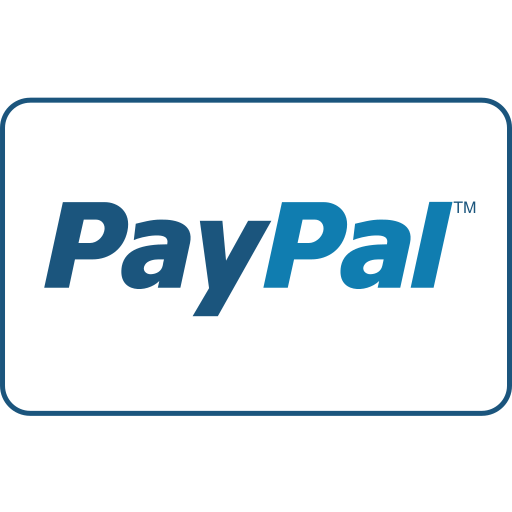
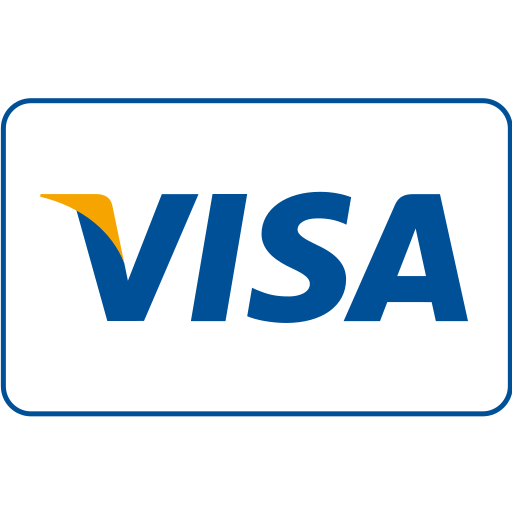
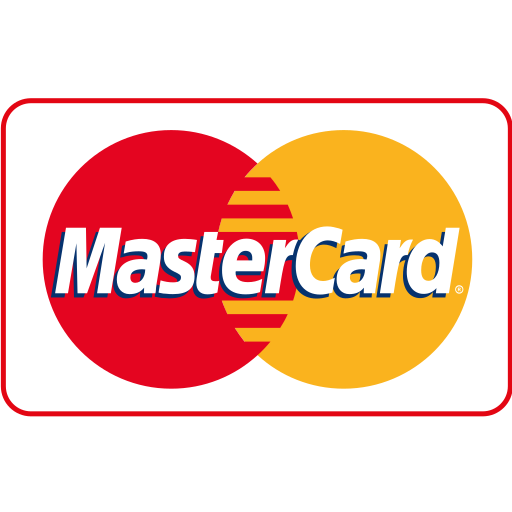
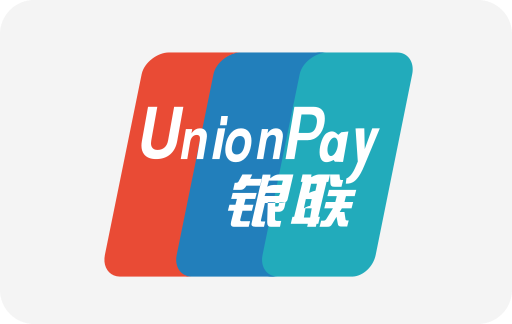
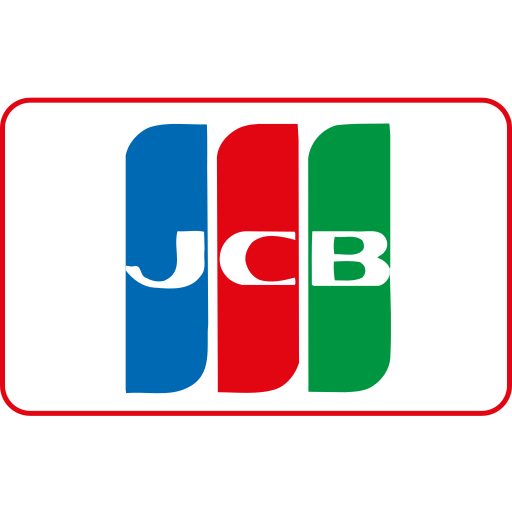
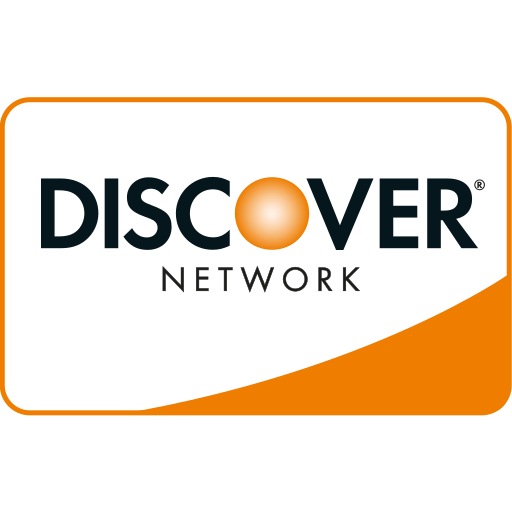

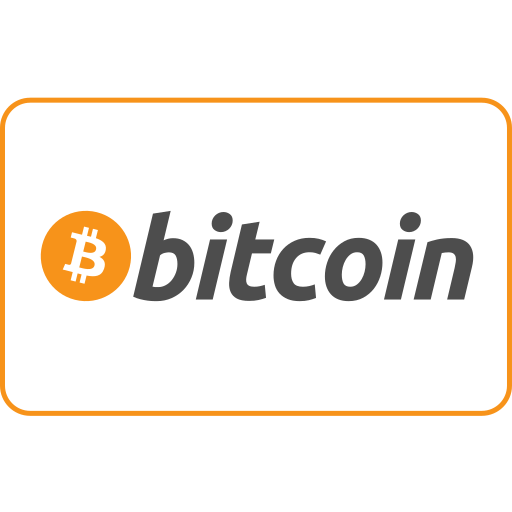
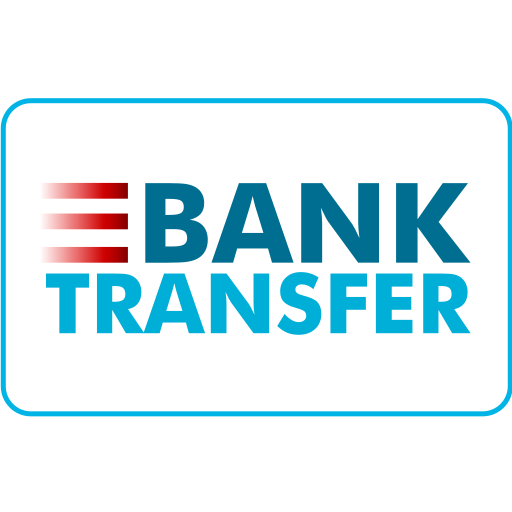
WebSeoSG offers the highest quality website traffic services in Singapore. We provide a variety of traffic services for our clients, including website traffic, desktop traffic, mobile traffic, Google traffic, search traffic, eCommerce traffic, YouTube traffic, and TikTok traffic. Our website boasts a 100% customer satisfaction rate, so you can confidently purchase large amounts of SEO traffic online. For just 40 SGD per month, you can immediately increase website traffic, improve SEO performance, and boost sales!
Having trouble choosing a traffic package? Contact us, and our staff will assist you.
Free consultation